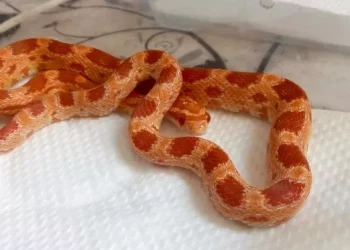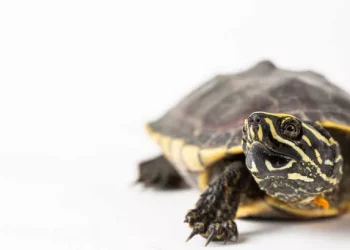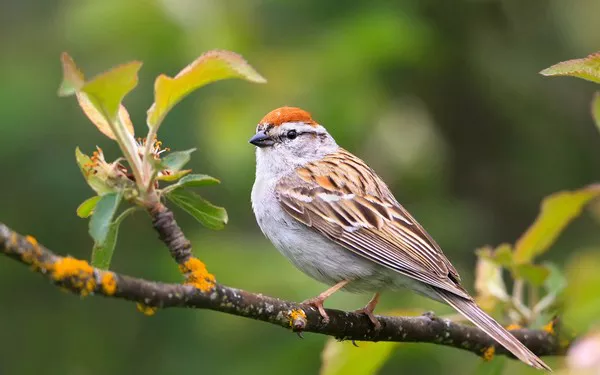Giant tortoises have long captured human imagination with their immense size, longevity, and distinctive shells. These remarkable reptiles, found primarily in the Galápagos Islands and the Aldabra Atoll in the Seychelles, play a critical role in their ecosystems. However, they face significant threats from habitat loss, invasive species, and climate change. This article delves into the biology of giant tortoises, the challenges they face, and comprehensive strategies for their conservation.
Understanding Giant Tortoises
Biology and Ecology
Giant tortoises belong to the family Testudinidae and are characterized by their large size, with some species weighing over 600 pounds and living for more than 100 years. Their anatomy is fascinating: they have a unique shell structure composed of bony plates covered by scutes, which protect them from predators and environmental elements.
Giant tortoises are primarily herbivores, feeding on grasses, leaves, and fruits. They play a crucial role in their ecosystems by aiding in seed dispersal and maintaining plant diversity. In their natural habitats, they contribute to the health of grasslands and forests, making their conservation even more critical.
Natural History
Giant tortoises evolved in isolation, developing unique adaptations to their environments. The Galápagos tortoises, for instance, are known for their variable shell shapes, which have evolved based on the vegetation available on their respective islands. Their slow reproductive rates—often taking decades to reach maturity—pose additional challenges for population recovery.
Current Threats to Giant Tortoises
Habitat Loss
One of the primary threats to giant tortoise populations is habitat destruction. Human activities, such as agriculture, urban development, and deforestation, have significantly reduced their natural habitats. The introduction of livestock and other land-use changes have further exacerbated the problem by altering the landscape and reducing food availability.
Invasive Species
Invasive species pose a severe threat to giant tortoises. Animals such as goats, pigs, and rats can outcompete tortoises for food, destroy nests, and consume tortoise eggs. For instance, feral goats on the Galápagos Islands have devastated vegetation, limiting food sources for tortoises.
Climate Change
Climate change is altering ecosystems worldwide, and giant tortoises are not exempt. Rising temperatures can affect reproductive success, while changing rainfall patterns can impact food availability. Sea-level rise threatens coastal habitats, particularly for tortoise species reliant on these areas for nesting.
Illegal Trade
The illegal pet trade and poaching have also impacted giant tortoise populations. In some regions, tortoises are taken from the wild for their meat, shells, or as exotic pets, leading to significant population declines.
Conservation Efforts
Protected Areas
Establishing protected areas is crucial for the conservation of giant tortoises. National parks and reserves provide a safe habitat for these animals, allowing them to thrive without human interference. The Galápagos National Park, for example, is a UNESCO World Heritage Site that plays a pivotal role in the protection of its endemic tortoise species.
Restoration of Natural Habitats
Habitat restoration efforts are essential to mitigate the impacts of habitat loss. This includes removing invasive species, replanting native vegetation, and rehabilitating degraded areas. Successful projects in the Galápagos have demonstrated that restoring habitats can lead to significant population rebounds.
Captive Breeding Programs
Captive breeding programs have been developed as a last resort for critically endangered tortoise species. These programs aim to increase population numbers and genetic diversity before reintroducing individuals into their natural habitats. The Galápagos tortoise breeding program has seen success, with thousands of hatchlings being raised and released into the wild.
Community Involvement
Engaging local communities in conservation efforts is vital for the long-term success of giant tortoise protection. Education programs that raise awareness about the importance of tortoises in their ecosystems can foster positive attitudes toward conservation. Moreover, involving communities in monitoring and protecting tortoise populations can help mitigate threats, such as poaching and habitat destruction.
Research and Monitoring
Ongoing research is essential to understand the biology and ecology of giant tortoises better. Monitoring populations through field studies helps conservationists track changes and adapt strategies as needed. Technologies such as GPS tracking and camera traps provide valuable data on tortoise movements, habitat use, and reproductive success.
Legislation and Policy
Strong legal frameworks are necessary to protect giant tortoises from exploitation and habitat destruction. National and international laws, such as the Convention on International Trade in Endangered Species (CITES), play a crucial role in regulating trade and protecting habitats. Advocating for policies that promote sustainable land use and protect biodiversity can also contribute to tortoise conservation.
Case Studies in Giant Tortoise Conservation
The Galápagos Tortoise
The Galápagos tortoise is perhaps the most well-known giant tortoise species, with numerous conservation efforts aimed at protecting it. The Galápagos National Park, established in 1959, has been pivotal in safeguarding tortoise habitats. Additionally, breeding programs on Santa Cruz Island have successfully produced thousands of hatchlings, contributing to population recovery.
See Also: Can Aldabra Tortoises Eat Fruit?
The Aldabra Tortoise
The Aldabra tortoise is the second-largest tortoise species and faces its own set of challenges. Conservation efforts on Aldabra Atoll have focused on habitat protection and management of invasive species. The island is a UNESCO World Heritage Site, ensuring that its unique ecosystems are preserved.
The Pinta Island Tortoise
The Pinta Island tortoise is a sobering example of what can happen when conservation efforts are not adequately implemented. The last known individual, Lonesome George, died in 2012, marking the extinction of his species. This tragic loss underscores the urgency of effective conservation measures for other giant tortoise populations.
The Role of Education and Awareness
Raising Public Awareness
Increasing public awareness about the plight of giant tortoises is essential for garnering support for conservation efforts. Educational campaigns can highlight the importance of these reptiles in their ecosystems and the threats they face. Schools, community organizations, and social media can play vital roles in disseminating information and inspiring action.
Eco-Tourism
Eco-tourism can provide funding for conservation initiatives while fostering a connection between visitors and giant tortoises. Responsible tourism practices can support local economies while promoting awareness and appreciation for these majestic creatures. Tours that educate visitors about tortoise conservation efforts can also encourage sustainable behaviors.
Conclusion
The plight of giant tortoises serves as a poignant reminder of the delicate balance between humans and nature. As we face unprecedented challenges, it is imperative that we take concerted action to protect these magnificent creatures and their habitats. Through a combination of habitat protection, restoration efforts, community involvement, and education, we can ensure a future where giant tortoises continue to roam the Earth. By prioritizing conservation, we not only safeguard the existence of these iconic reptiles but also preserve the biodiversity and ecosystems that they support. The survival of giant tortoises ultimately hinges on our collective commitment to protecting our planet and its inhabitants.
Related Topics:






















